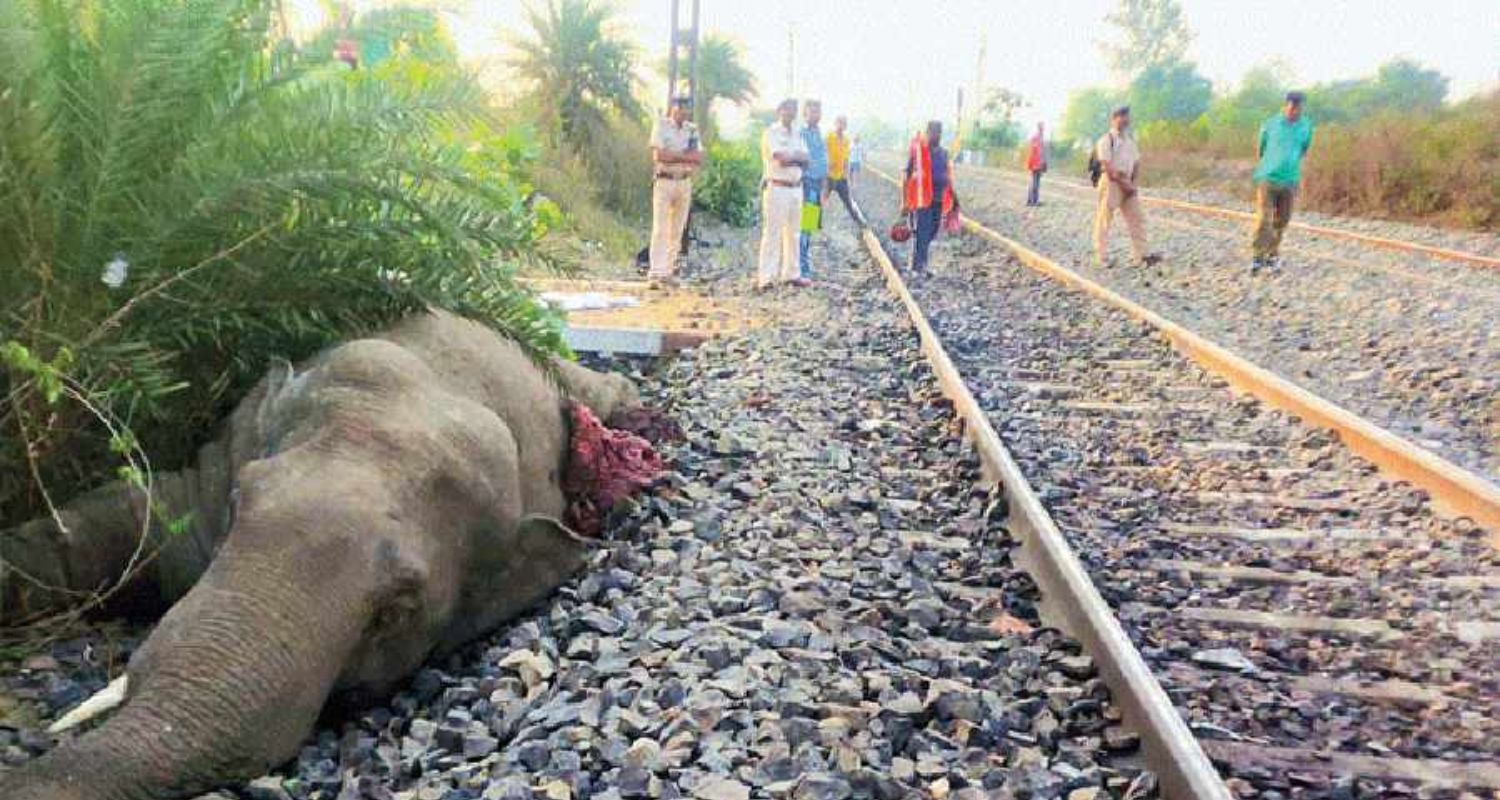Two-and-a-half years ago, North Bengal witnessed a tragic yet familiar sight — the dismembered bodies of three elephants, including a calf, strewn across the railway tracks between Rajabhatkhawa and Garopara in the Buxa Tiger Reserve. But that was the last such incident. Since then, not a single elephant has died on railway tracks in the region.
The turnaround came courtesy of an Intrusion Detection System (IDS), a collaborative initiative by the Forest Department and Indian Railways. Spanning 34 kilometers railway track stretch that cuts through Dooars forests in the Alipurduar Division, the IDS uses fiber optic sensors laid along broadband lines to detect the presence of elephants within a 10–15-meter radius. This early warning sensor system alerts authorities of movement near the tracks, allowing trains to be slowed down or halted in time.

Though officials acknowledge minor limitations in the system, its impact is undeniable. The bloodshed on North Bengal’s railway lines has stopped. Yet in sharp contrast, the forests of South Bengal continue to echo with the cries of fallen giants.
Just last Thursday night, tragedy struck again. A mother elephant and two calves were mowed down by the Janshatabdi Express between Banshtala and Sardiha stations — a stretch identified as "dangerous" by a Wildlife Institute of India (WII) survey. That study, conducted on the Centre’s advice back in 2023, had flagged 100 such vulnerable locations across South Bengal, especially near the forested region of Jangalmahal.
“Despite preliminary discussions between the Forest Department and the Railways to install IDS in these areas, no formal proposal has yet reached the Centre,” said a railway official. Wildlife activists argue that had IDS been installed earlier, Thursday night’s tragedy could have been avoided.
The forest department had sent a WhatsApp alert to railway officials at 10:56 pm, nearly two hours before the accident occurred at 12:40 pm. Still, no action was taken. In response, the Jhargram Forest Division filed an FIR under the Wildlife Protection Act, the Elephant Protection Act, and Section 325 of the Bharatiya Nyaya Sanhina (BNS) against the Janshatabdi driver, Sardiha station manager and Kharagpur’s Divisional Traffic Inspector.
Also Read: Train hits elephant herd in Bengal's Paschim Medinipur, 3 dead
However, by Saturday, a new chapter had begun — one of cooperation and urgency. After inspecting the site, West Bengal’s Chief Wildlife Warden Sandeep Sundriyal held an emergency meeting with Kharagpur’s Divisional Railway Manager (DRM) KR Chowdhury. “The success of IDS in North Bengal is proven,” said Sundriyal, ADDING, “South Bengal will receive an upgraded version — one that uses artificial intelligence to sync with the railway’s signaling system. Drivers will receive automated alerts and can control speed accordingly.”
According to officials, the IDS proposal for Jangalmahal is now in an ‘advanced stage’ and is expected to be submitted to the Centre shortly. If approved, installation will begin.
Meanwhile, a joint coordination committee is being formed with senior officers from both departments to ensure real-time information sharing. As DRM Chowdhury noted, “From now on, the Forest Department will not rely on WhatsApp alone. Immediate phone calls will accompany alerts.” Until IDS is fully implemented, this coordination remains the only buffer against such recurring tragedies.
The debate brings to mind a heartwarming incident from Jharkhand just a week ago. A freight train driver halted his train for over two hours, allowing a mother elephant to give birth and cross safely with her newborn. The nation watched in awe.
Also Read: Forest, Railways lock horns over Bengal elephant deaths


